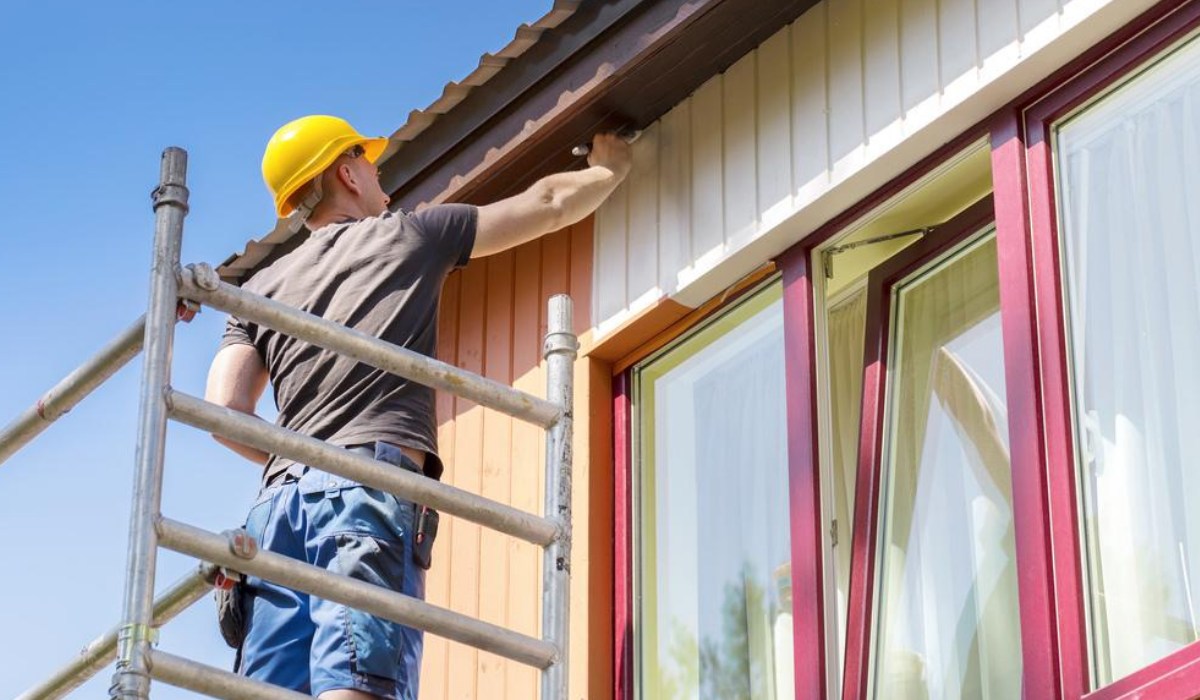-
Choose Quality Materials: Selecting high-quality paints and primers is the first line of defense against Australia's harsh climate. Look for products that offer UV resistance and durability, specifically designed for exterior use. Quality materials provide better adhesion and protection against fading, cracking, and peeling.
-
Proper Surface Preparation: Before applying paint, ensure that the surface is clean, dry, and free from dust, dirt, and other contaminants. Properly prepare the substrate by sanding and filling any cracks or imperfections. Adequate surface preparation promotes better paint adhesion and longevity.
-
Use Weather-Resistant Sealants: Sealants are essential for protecting outdoor paintings from moisture and extreme weather conditions. Apply a weather-resistant sealant to create a protective barrier that prevents water infiltration. This is especially crucial in areas prone to heavy rain or coastal regions where salt air can accelerate paint deterioration.
-
Regular Maintenance: Schedule regular inspections and maintenance to address any issues promptly. Look for signs of peeling, cracking, or discoloration, and take the necessary steps to repair and repaint affected areas. Regular maintenance helps prevent small problems from becoming more significant issues over time.
-
Apply UV-Protective Coatings: Australia's intense sunlight can lead to rapid fading of paint colors. Consider applying UV-protective coatings or clear varnishes designed for outdoor use. These coatings not only enhance the aesthetics of your artwork but also provide an additional layer of protection against UV radiation.
-
Shade and Shelter: Whenever possible, position outdoor paintings in shaded or sheltered areas. This reduces their exposure to direct sunlight, extreme temperatures, and heavy rainfall. Providing physical protection, such as installing awnings or placing artworks under eaves, can significantly extend their lifespan.
-
Secure Mounting: Ensure that outdoor artworks are securely mounted to prevent damage from strong winds or storms. Use appropriate fasteners and mounting hardware suitable for outdoor conditions. This helps to prevent the artwork from becoming dislodged or damaged during adverse weather events.
-
Regular Cleaning: Periodically clean outdoor paintings to remove accumulated dirt, dust, and pollutants. Use a gentle cleaning solution and a soft brush or cloth to avoid damaging the paint. Regular cleaning not only maintains the aesthetic appeal but also prevents the buildup of substances that can contribute to deterioration.
Conclusion:
Protecting outdoor paintings in Australia requires a combination of thoughtful material selection, proper preparation, and ongoing maintenance. By taking these proactive steps, you can ensure that your artworks withstand the challenges posed by the Australian atmosphere, maintaining their beauty for years to come.

